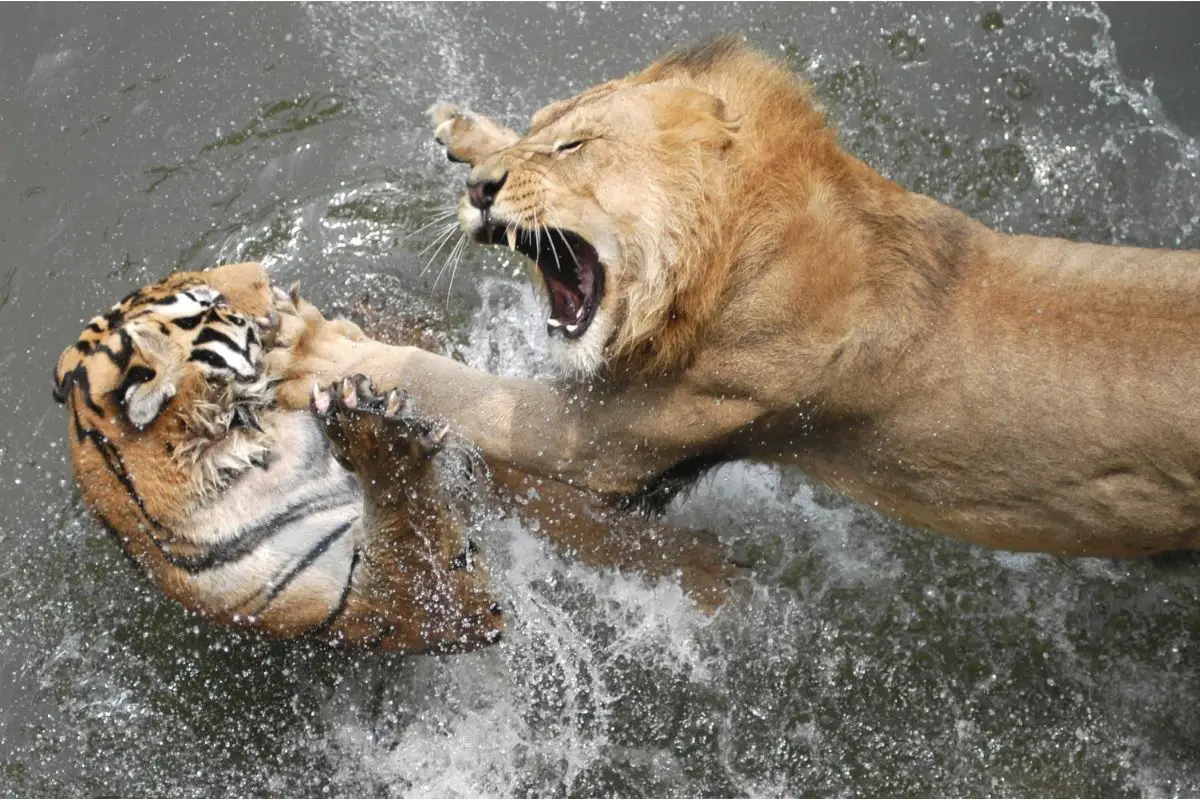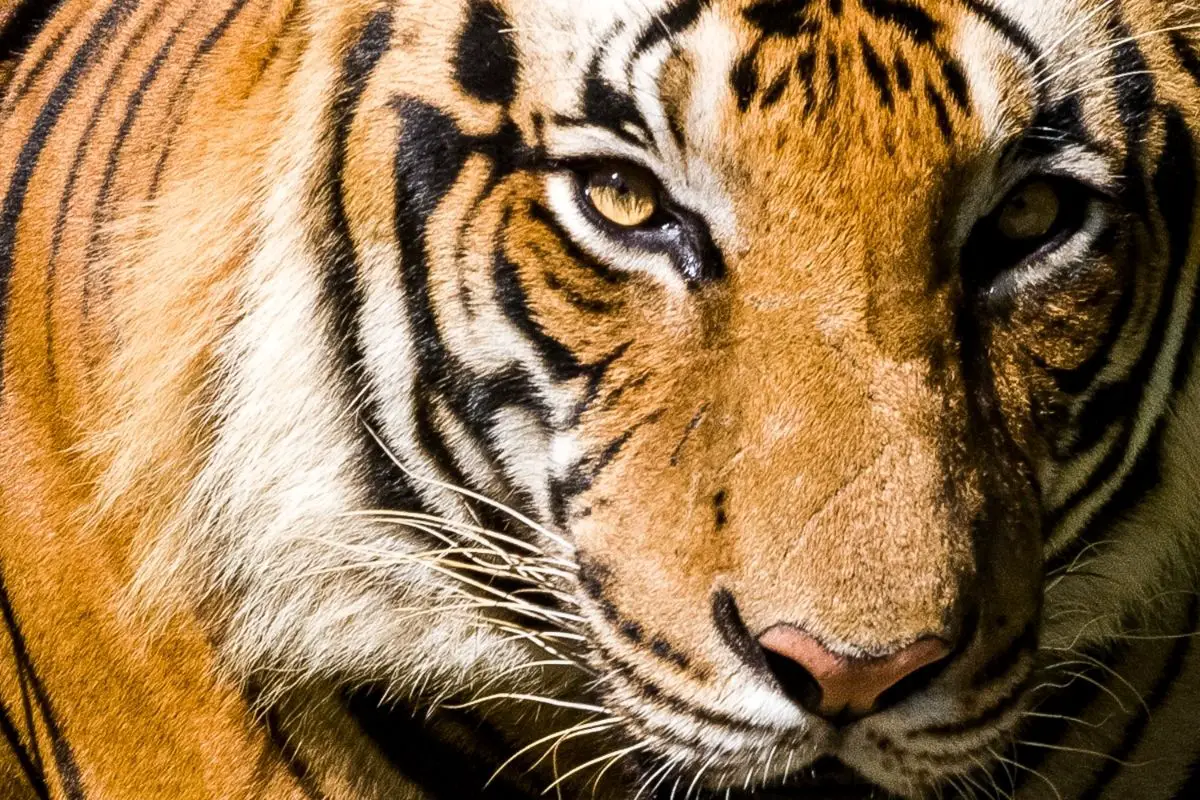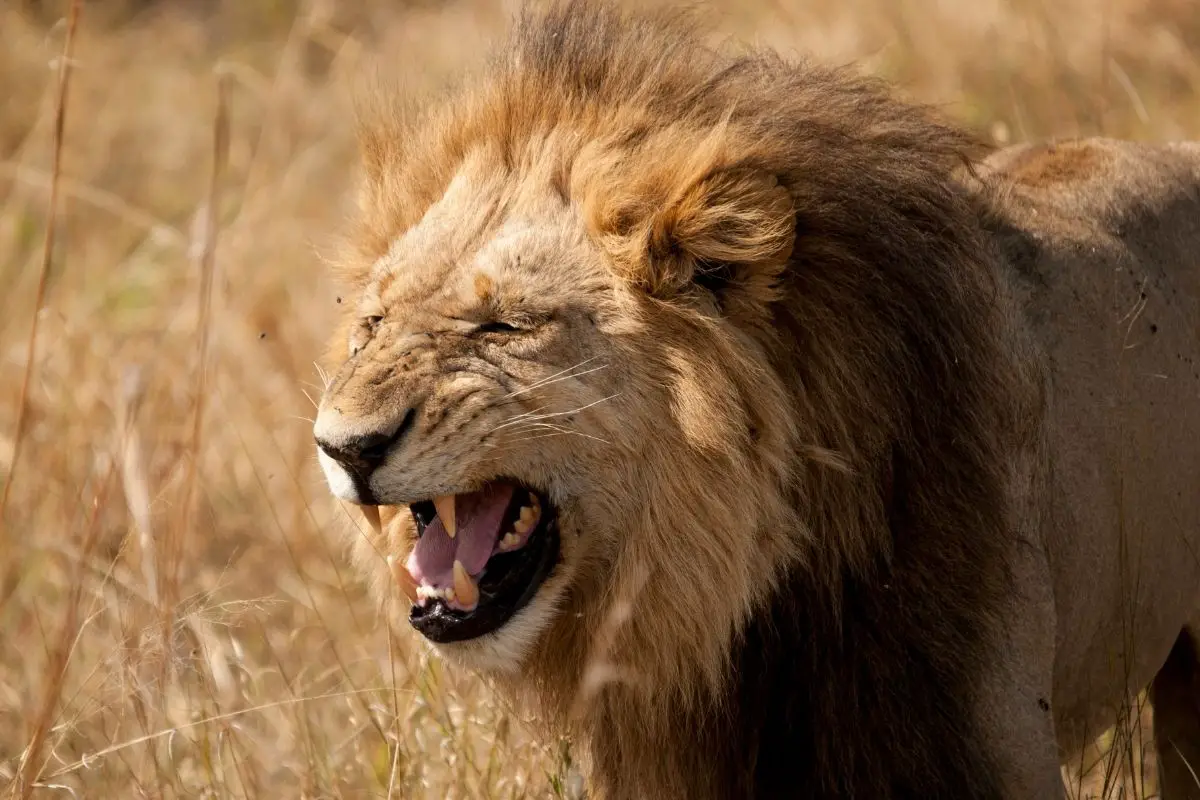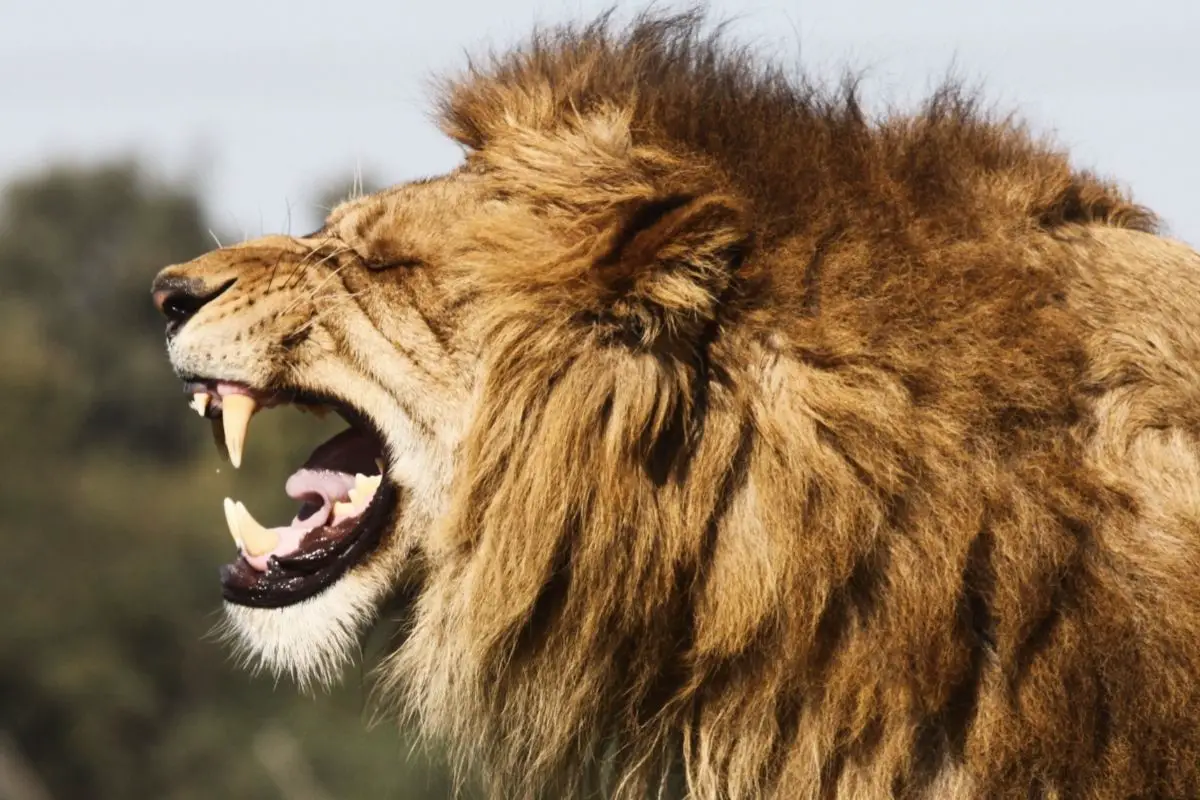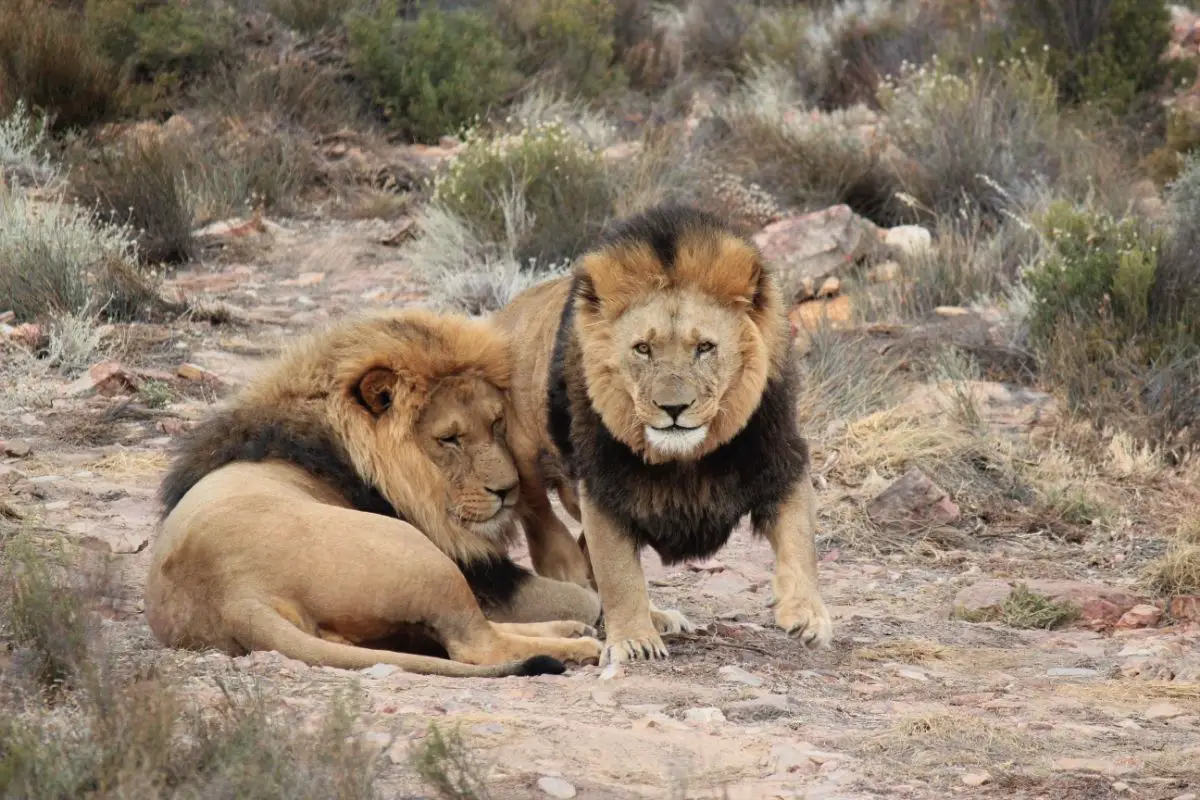Lion Bite Force: A Measure of the King’s Power. The lion, often referred to as the ‘King of the Jungle,’ is revered for its raw strength and formidable presence.
The lion is revered as the king of the jungle, in part due to its incredible strength and predatory power. One of the lion’s most formidable weapons is its bite force – the amount of power it can exert through its jaws. Just how mighty is the lion bite compared to other animals’ gnashing abilities?
Read on for a comprehensive examination of the lion’s bite force and how it stacks up against 10 other creatures.
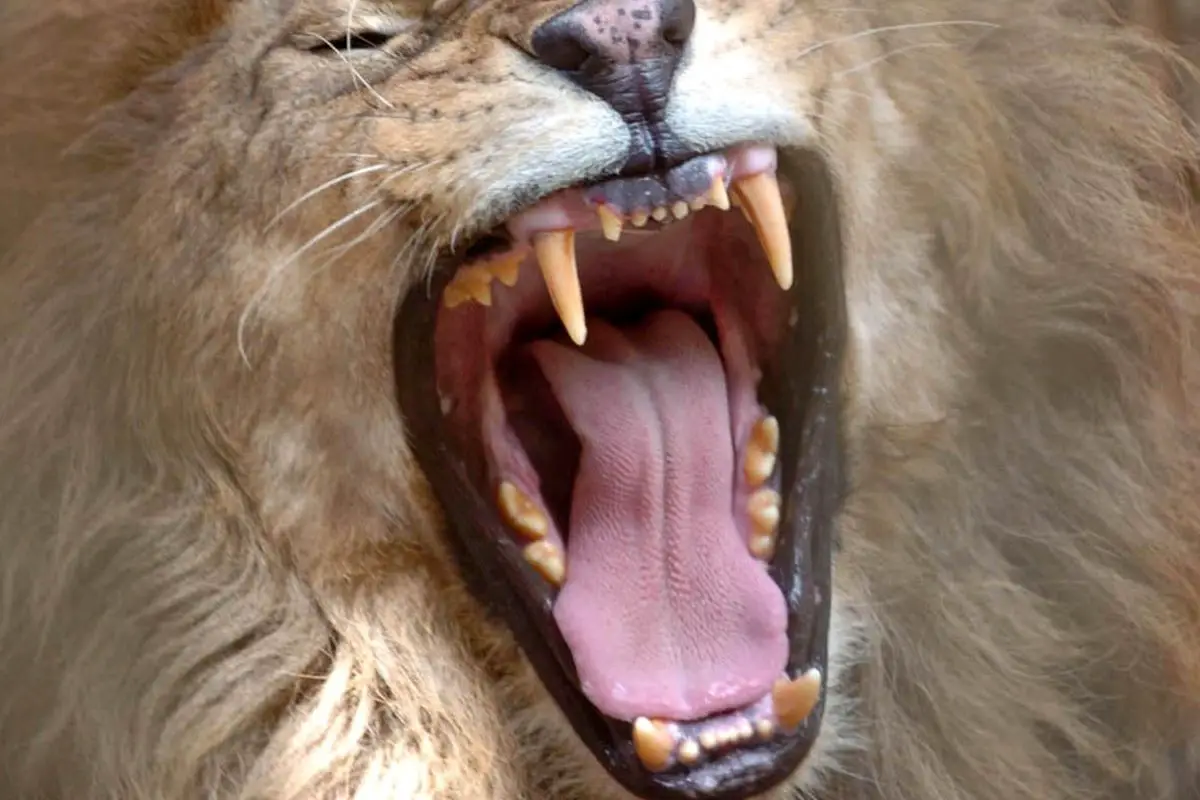
Anatomy of the Lion Bite
Before cross-comparing with other animals, let’s first understand the mechanics behind the lion bite itself. Here are key factors contributing to the lion’s bone-crushing bite force:
Strong jaw muscles
The lion has extremely powerful temporalis and masseter muscles lining each side of its jaws. These muscles connect the skull to the mandible and allow the jaw to clamp shut with tremendous force.
The temporalis muscles near the temples assist with rapidly closing the jaws, while the broad masseter muscles at the cheeks provide overall strength. These muscles have evolved to be larger and stronger in lions to enable their powerful bite.
Large canine teeth
An adult male lion possesses enormous canine teeth measuring approximately 2.5-3 inches in length. These long, pointed teeth are perfect for stabbing and grasping prey.
The canines can pierce even the thick hides and skins of large animals to inflict devastating puncture wounds. Lion canines are also ideally shaped for clamping down on bones and breaking them with their incredible bite force.
Reduced molars
Unlike humans which have 12 molars, lions only have 3 molars in the back of each side of the jaw. This reduction in molars enables the lion to open its jaws very wide, allowing it to fully utilize its long canine teeth when biting.
The lack of molars also prevents obstruction when clamping down with its canines. The open gape afforded by having fewer molars makes the lion bite more efficient.
Scissor-like carnassials
The carnassials are the teeth in the back of the mouth behind the canines. In lions, these carnassials are shaped like scissors or blades and designed for shearing and slicing flesh and sinew.
When the lion bites down, the carnassials act like a knife to cut meat cleanly off prey. This allows the lion to rapidly shear off chunks of flesh when feeding.
Heavy head
Male lions possess a large, heavy skull and jaw that further adds power to their bite. A male African lion’s head can weigh over 20 pounds alone.
Combined with strong neck muscles, the heavy head provides the weight and driving force to make lion bites incredibly powerful. This functions similar to a sledgehammer, with the mass of the head concentrating the energy into each smash.
Hunting adaptation
Over the eons, evolution gradually selected the lions with the strongest bite force. This allowed them to more successfully hunt and kill the largest and most dangerous herbivores in Africa.
Lions able to exert more PSI in their bites could crush bones and swiftly dispatch their prey. They were more likely to survive and pass on the genes for stronger jaw muscles and wider gape. This drove lions over time to develop today’s incredible bite strength.
Territorial fights
The bite force of male lions also gives them an advantage when defending prides and territories. More powerful bites inflict greater pain and damage on opponents.
Male lions bite force often determines which animal wins in fights over territory and breeding rights. Lions with the mightiest bites were able to win these encounters, further propagating the genes for maximum PSI.
Scientists quantify animal bite forces in pounds per square inch (PSI). Measuring lion bite PSI provides insight into exactly how powerful their jaws are.
Lion Bite Force Comparison
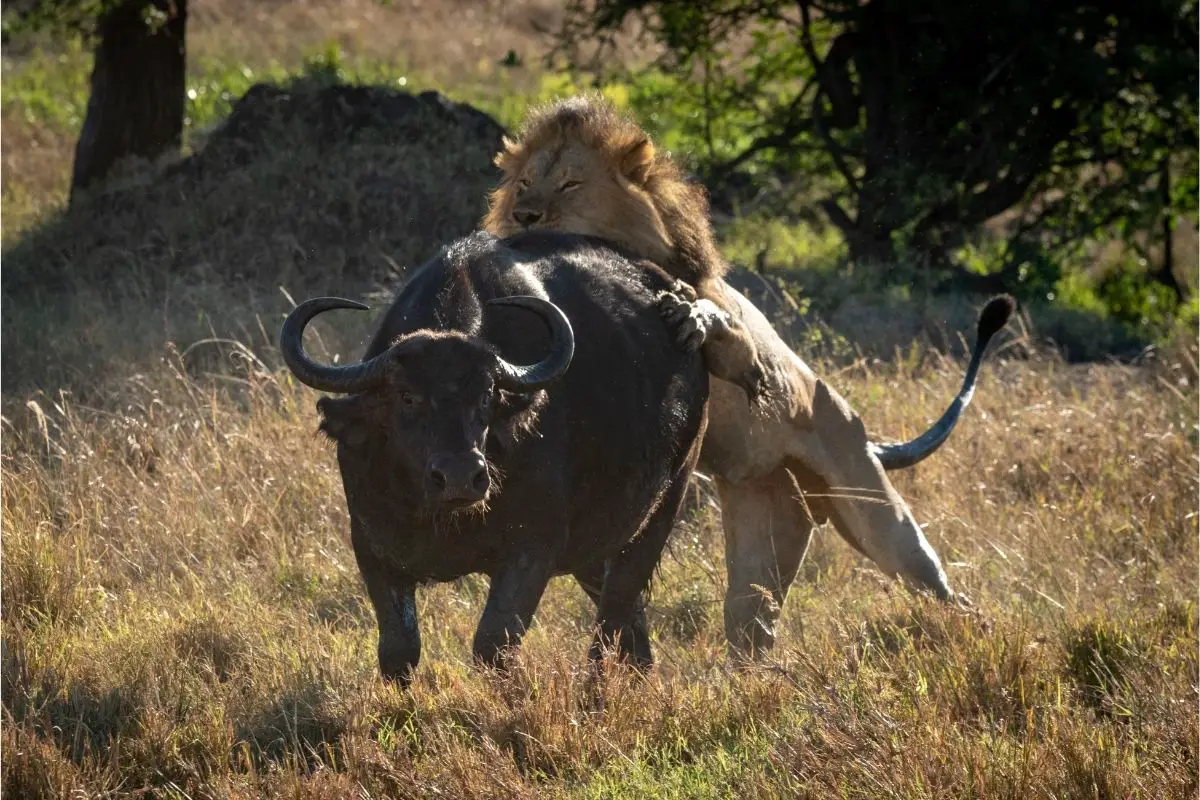
Now that we understand the mechanics behind it, let’s see how the lion bite force compares to other animals’ bites. Here’s a ranking from weakest to strongest:
Human – 120-150 PSI
The average human registers between 120-150 PSI in bite force. While strong for chewing, human bites rarely break skin due to our flat teeth. Our bite is sufficient for eating but not combat or hunting.
Domestic Dog – 150-250 PSI
Man’s best friend out-bites humans, but not by much. Dogs exhibit a 150-250 PSI bite force depending on size. Small dogs like chihuahuas bite near the low end, while big dogs like mastiffs bite harder. Wolves tip the scales around 400 PSI.
Coyote – 250 PSI
Though not as substantial as their larger canid cousin the wolf, coyotes still bite with considerable force at 250 PSI. They are well equipped for hunting small game and defending their territory.
Hyena – 800-1200 PSI
Known for their crushing jaws, hyenas bite down with 800-1200 PSI – enough to completely destroy bone. Their powerful jaws are vital for dismantling carcasses on the African plains.
Black Bear – 850 PSI
Despite their largely vegetarian diet, black bears have formidable biting abilities, exerting 850 pounds of pressure per square inch. They typically avoid biting unless defending cubs or food.
Grizzly Bear – 850-1250 PSI
Similar in bite force to black bears, grizzlies also bite with 850-1250 PSI of force. Their huge four inch canines can measure over 2.5 inches long, causing deep wounds.
Tiger – 1050 PSI
Tigers have the strongest bite force of any big cat. Large Bengal and Siberian tigers can exert over 1000 PSI through their 3.9 inch canines. This aids taking down prey twice their size.
Gorilla – 1300 PSI
Though herbivores, gorillas have extremely strong bites nearing 1300 PSI – almost twice that of a lion. Their jaw anatomy is optimized for chewing tough vegetation throughout the day.
Hippopotamus – 1825 PSI
Hippos may seem docile, but they have staggering biting power of over 1800 PSI – enough to cleave a crocodile in two! Their huge canines and rear jaw placement allows this intense force.
The Alligator Bite Force
While not included in the original animal comparisons, the alligator actually has one of the most powerful bite forces in the animal kingdom.
Alligators use their immensely strong bite like the lion – for hunting, subduing prey, and territorial disputes. An adult alligator’s bite force measures over 2,000 PSI, nearly triple that of a lion!
Their massive jaws, large teeth, and strong jaw muscles allow them to clamp down with incredible force. Alligators have evolved to deliver enough bite power to pierce turtle shells and puncture vital organs of large prey in an instant.
This incredible bite force comes from large depressor muscles that open the jaw, and larger temporalis muscles that snap the jaws shut. The muscles have incredible leverage thanks to the shape of the alligator’s skull and jaw bones.
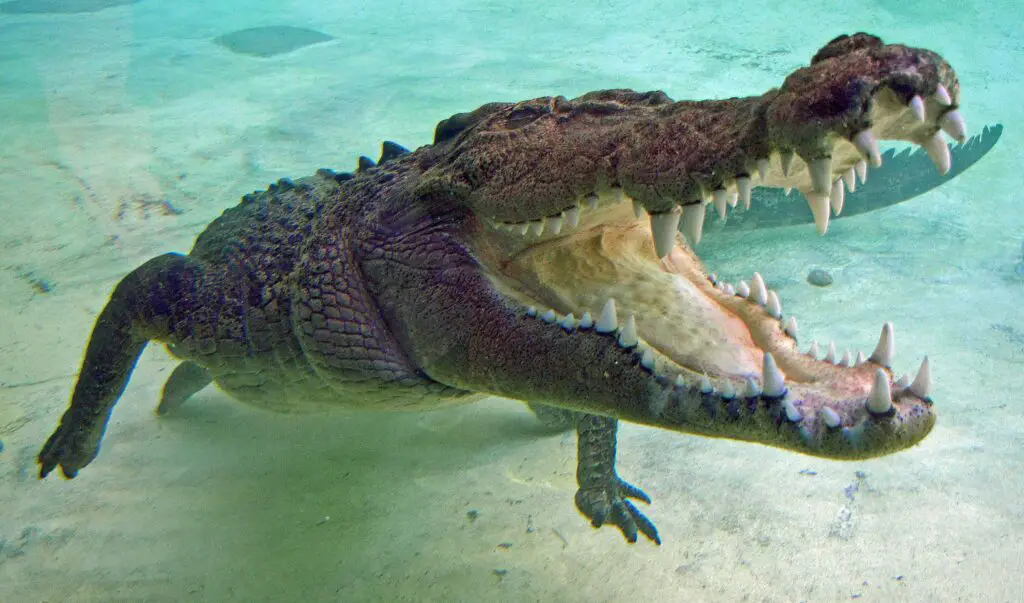
Lion – 650 PSI
Finally, the king himself. Lions routinely bite down with 650 PSI of force, allowing them to effectively crush bones and kill large prey. The lion may not top the scale, but he holds his own with a ferocious bite.
Analysis and Implications
Now that we’ve ranked bite forces from weakest to strongest, what can we deduce from the numbers?
Though the lion’s 650 PSI pales in comparison to beasts like hippos and gorillas, it far exceeds the bite force requirements for hunting and territorial defense. lions are able to subdue the largest and most dangerous prey in Africa thanks to their evolutionary adapted bite.
The lion also exceeds all its other big cat relatives in bite force – jaguars, leopards, and tigers. Only the huge hippo outdoes the lion among African megafauna in raw bite power.
Within the feline family, bite force seems to correlate loosely with the animal’s size and diet. Larger big cats at the top of the food chain need stronger bites, evidenced by the lion, tiger, and jaguar all having forceful bites exceeding 600 PSI.
Herbivores like the gorilla have massive biting power not for hunting, but for chewing fibrous vegetation. Omnivores generally have the most moderate biting forces depending on their diet.
Final Bite
In conclusion, the lion has one of the most powerful bites in the animal kingdom thanks to specialized adaptations for hunting and fighting.
While it pales in comparison to specialized herbivores, the lion’s bite force effectively fulfills its predatory niche. The king of beasts certainly earns the right to rule the jungle with his formidable jaws.
- Sink Your Teeth Into This: Analyzing the Powerful Lion Bite Force - September 8, 2023
- Siberian Tigers: Everything You Need To Know - September 4, 2023
- Do Lions Eat Humans? Understanding Lion Aggression and Risks - September 4, 2023


